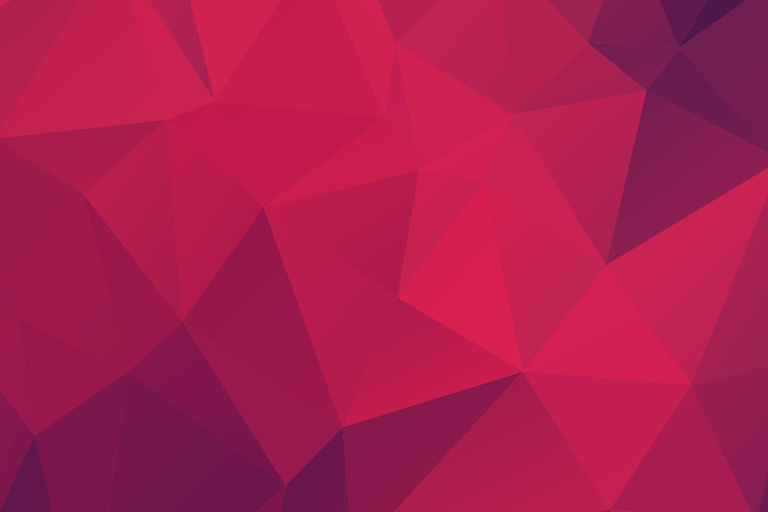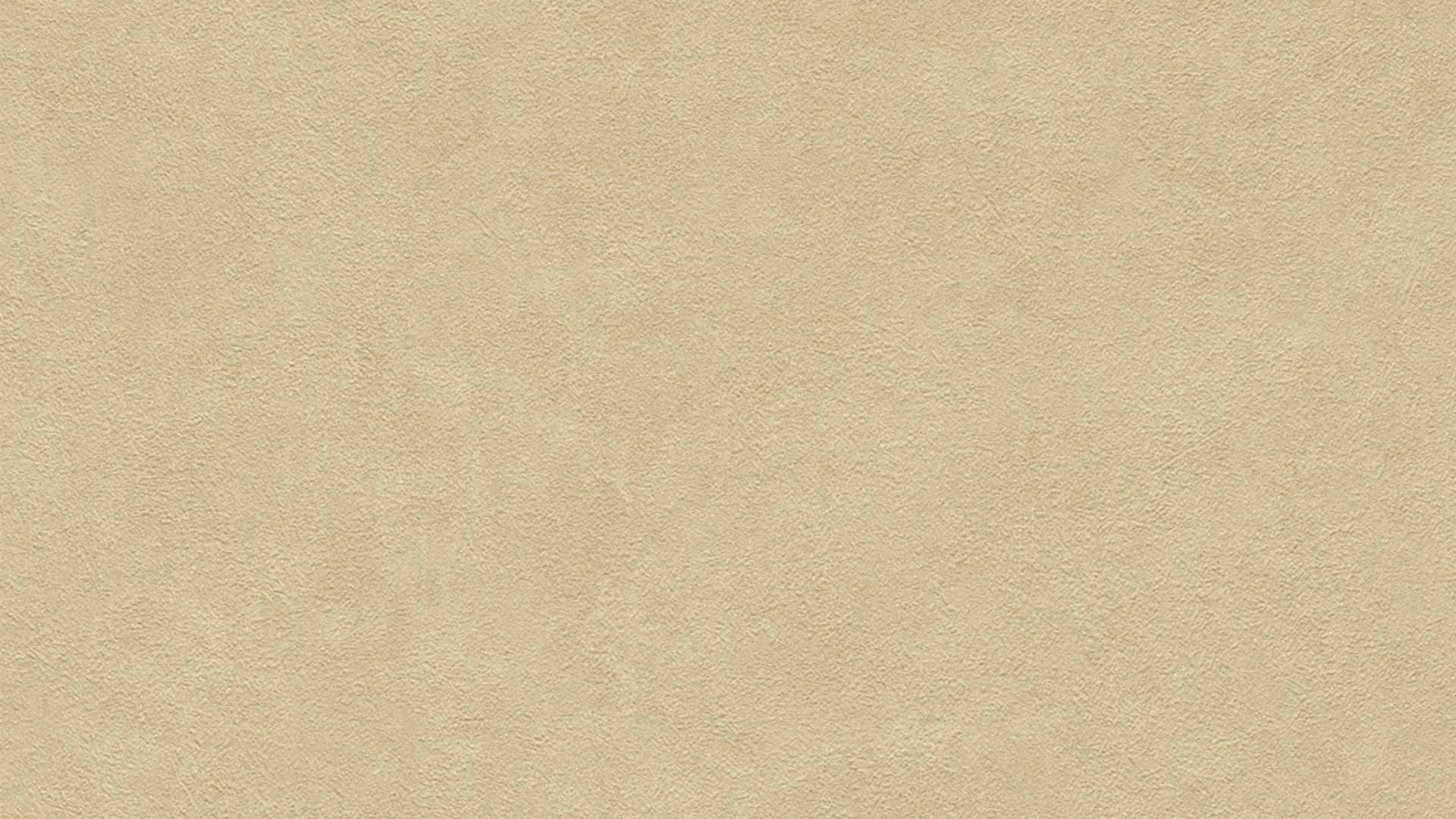

The texture of the background resembles a cork board. The job board on WDW features a similarly creative but less colorful background with a textured approach. Web Designer Wall is well known for its colorful and artistic background. The main content area has a few cracks in the background, and the rest of the design and background has a grungy style that’s not overwhelming on the dark background. Many designers and studios use a dark background for portfolio websites, but Edit Studios gives its background some variety with a textured look. There are countless options for using textures in this way, and many designers are using creativity here to create stunning results. As you’ll see in the examples below, a textured background image can easily be a significant feature in a design. When it comes to textures in modern Web design, background images are probably the most common area of use. Many of the examples could fit more than one section, but they’re categorized like this to show their diversity and to point out specific elements of the design. The websites are categorized according to how the texture is used. Now, we’ll take a look at 50 websites in which texture has been applied to the design to improve it in some way. Later in this article, we’ll look at some of the different techniques you can use to apply texture to your own work. One of the reasons texture is so useful to designers and so popular is because adding it to a design can be quick and easy with a program like Photoshop.

Texture adds dimension to virtually any style of design, if applied properly. Although texture is sometimes associated with a grunge style of design, its reach extends far beyond just grungy websites. When examining exemplary Web designs that employ textures, you’ll notice that textures are used in background images, headers, footers, sidebars, content areas and even fonts. Because of the versatility of textures, they can be used in combination with many other design elements, such as typography, lighting and colors. In some cases, textures are used to emphasize certain parts of the design. Textures in Web design can be very subtle, so that the visitor hardly notices, or they can be a focal point of the design.

As you look around, you’ll see how textures can be used in so many different ways by Web designers. Textures can be used in countless different ways and in a wide variety of design styles. One of the reasons it’s so popular is because of its versatility. If you look around at well-designed websites in CSS galleries or any other source of design inspiration, you’ll see that texture is extremely common in modern Web design.


 0 kommentar(er)
0 kommentar(er)
